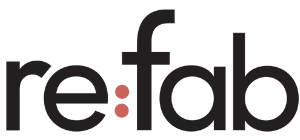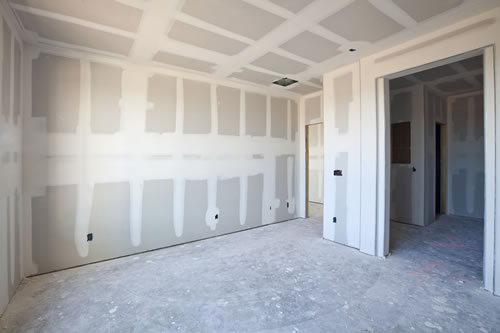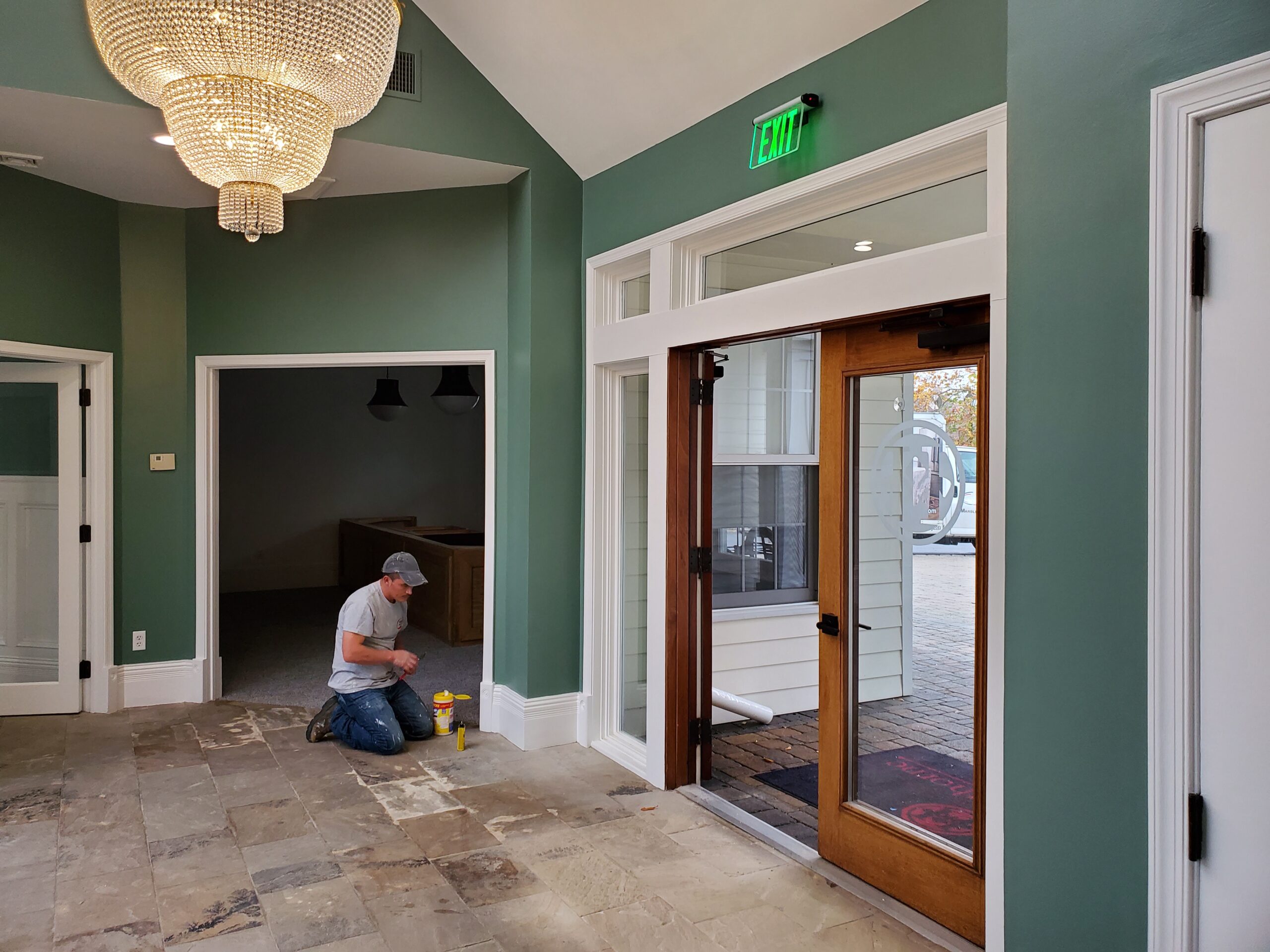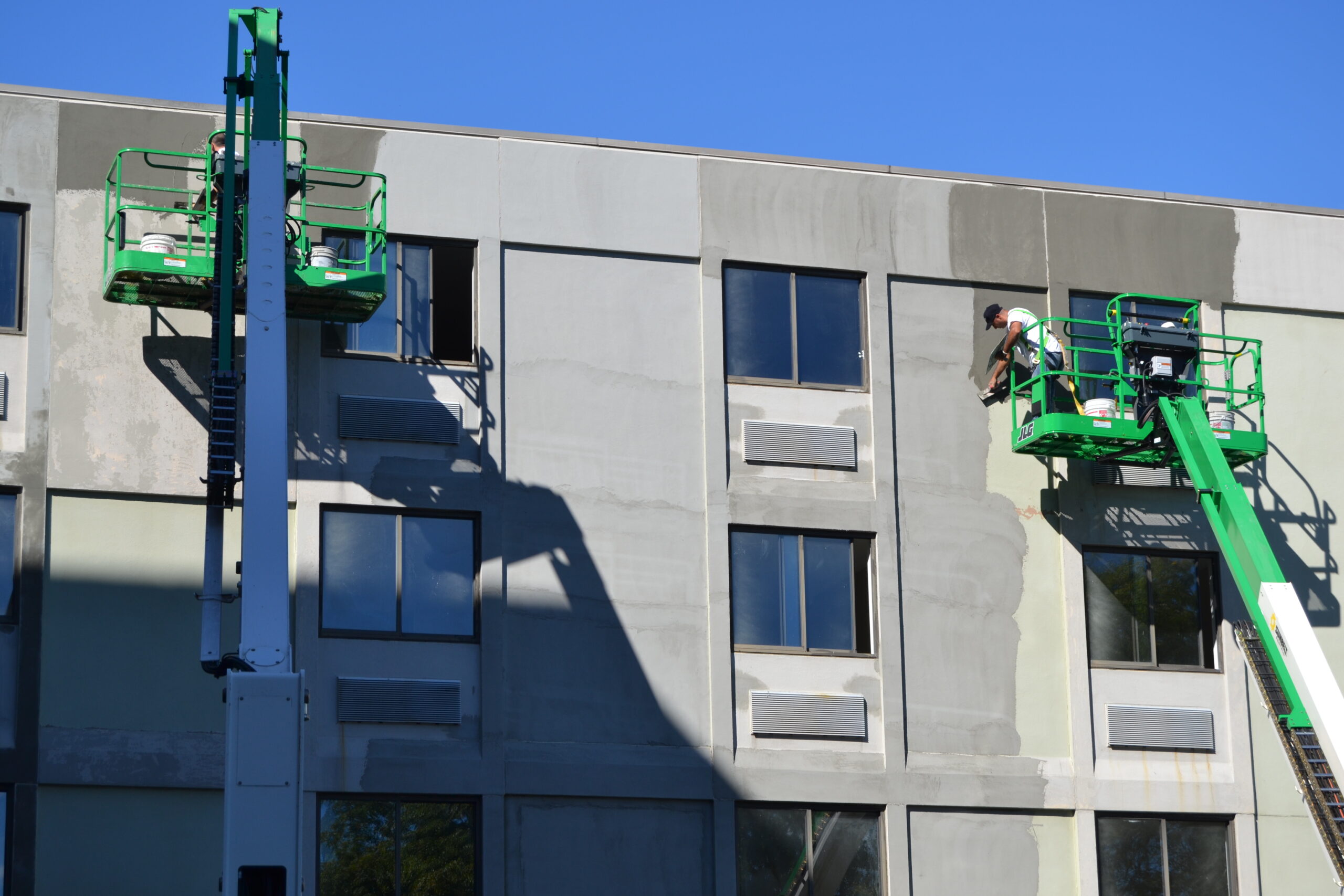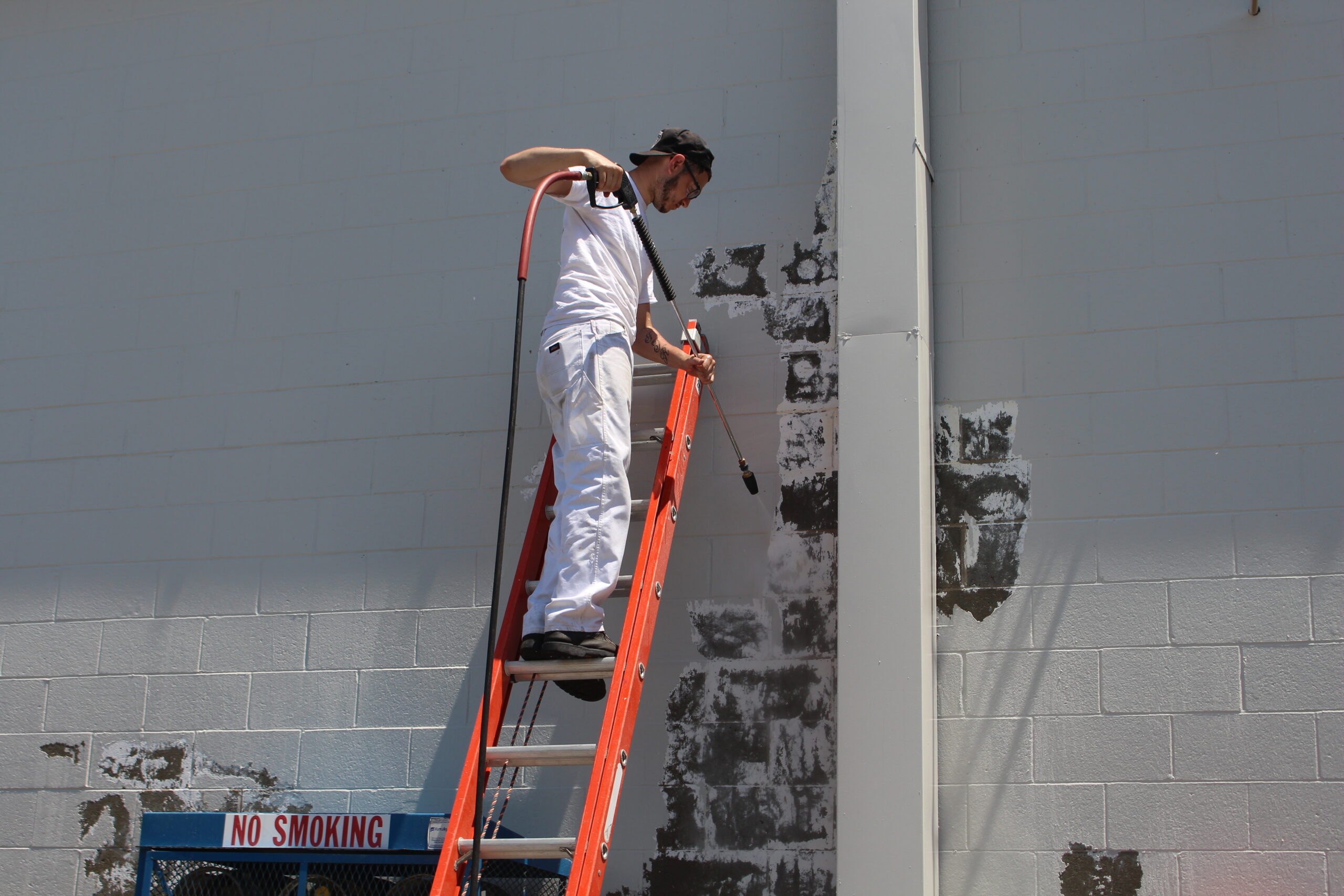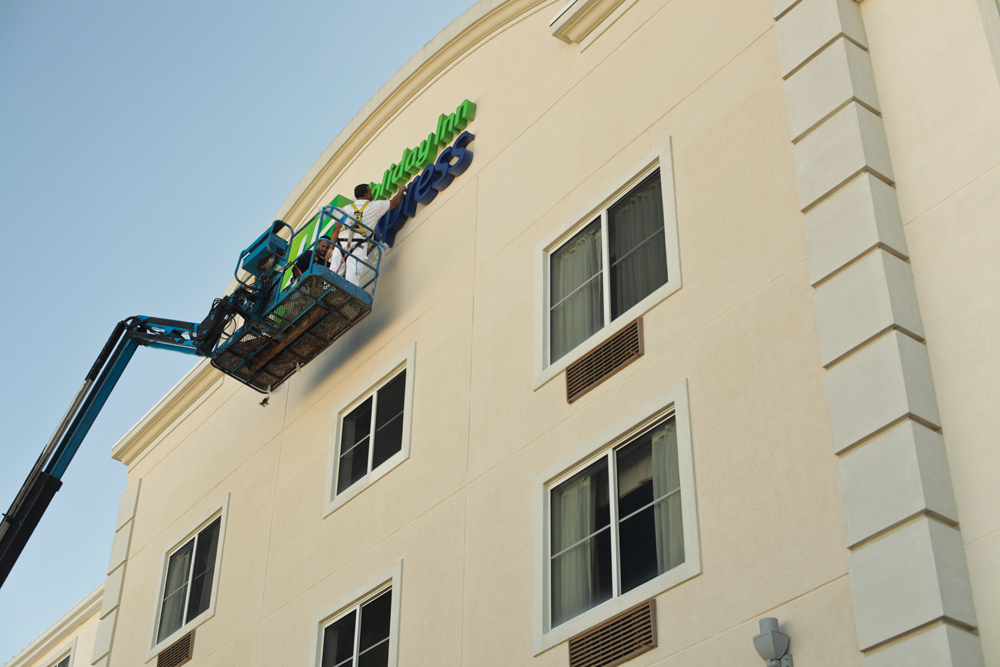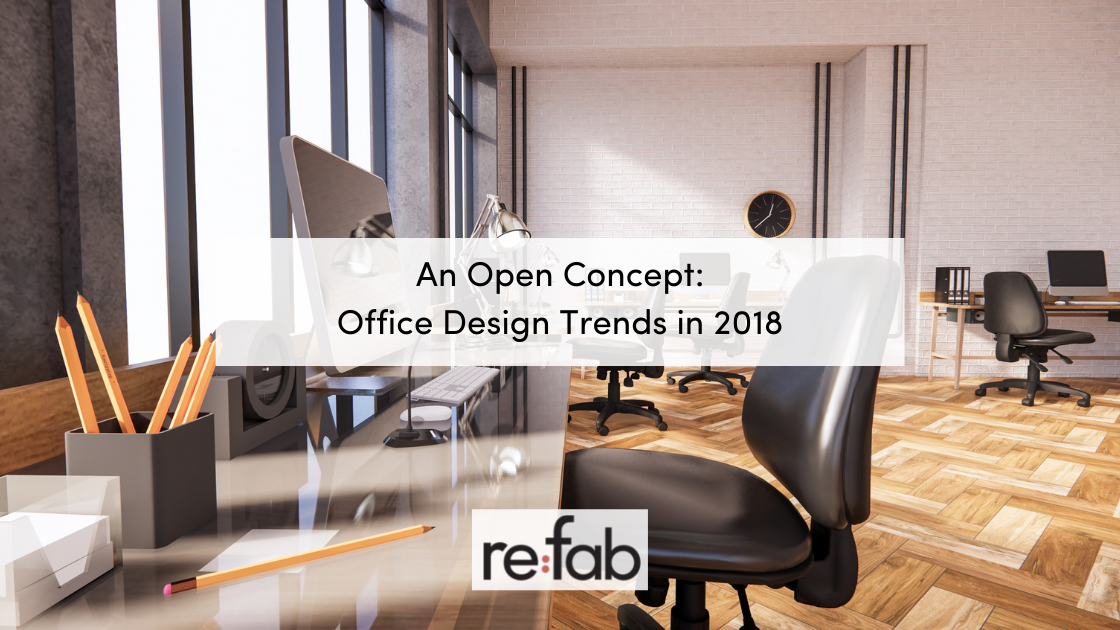
Across all generations of workers, people are gravitating toward unassigned communal working spaces. The terms “resimercial” and “homefulness” are being used to describe a more friendly and comfortable office environment. Workplaces that provide a sense of home help employees achieve greater wellbeing, and thus, more productivity.
People need to be able to meet in different types of spaces from casual to formal. Therefore, office furniture manufacturers are addressing the need for furniture that is flexible to meet the needs of specific organizations. Now, more than ever, there is a focus on wellbeing in the workplace. Millennial customers are now well-established corporate buyers and value experiences over items. Employees today are looking for environments and furniture that allow flexibility in their workday.
My Favorite Trends of 2018
Flexible and Dynamic Spaces:
Easily moveable furniture helps employees choose where or how they want to work. While still maintaining a high level of style and sophistication, companies are turning workspaces into creative and innovative worlds. It’s all about mixing and matching your work habits with others around you. Employees don’t have to settle for one particular setup.

Courtesy of OFS
Biophilic Design:
This trend surrounds a love of life and the living world. Elements commonly found in nature — “bringing the outside in” — help improve productivity and happiness in the workplace. Natural elements are also becoming a huge trend in the hotel industry, with green-centered lobbies and guest rooms. By utilizing biophilic design, you can reinvent even the most industrial space.

Courtesy of Feed Spot
Resimercial Design:
A sleek combination of work and home. Recently, companies are creating a more comfortable and collaborative environment to work in. This trend moves us away from a cold, isolating office culture. In a way, there’s no reason an office can’t feel like home; people certainly spend enough time there.

Courtesy of VerHalen Inc.
Adaptable Furniture:
Incorporating adaptable furniture is essential to a flexible and dynamic workspace. Being able to easily alter the purpose of your desk, chair, or meeting space creates a multi-purpose environment that allows employees to explore ideas in different ways. In cities like NYC or Boston, where every square foot is prime real estate, it can be imperative to save space as best you can, and multi-purpose furniture allows for that.

Courtesy of Cubicles
Unconventional Workspaces:
Funky stools, cozy sofas, technology-integrated pieces and even games are trending in companies that aim to make the office a place where employees want to spend their time. There’s no harm in accessorizing an office to make it more fun for everyone. We all need breaks.

Courtesy of Interior Architects
Ergonomic Designs:
Sit/stand desks, ergo-friendly chairs, moving keyboards and trays and monitor stands all lend to greater flexibility and wellbeing of the employee. Sitting at a desk all day just isn’t natural. We need to move around and alter our behaviors throughout the day. Having furniture and equipment that lets you do so is key.

Courtesy of Archi Expo
Companies trying to attract top talent need to provide an environment that inspires employees to come to work each day. The Open Office Concept continues to gain momentum; it is not one-size-fits-all. Offices need to provide places where people can do work requiring concentration alone, as well as places where they can collaborate with others.
Overall, successful companies need to commit to a softer, more comfort-based approach to workspace design. Once you’ve settled on a design, check out where to shop for accent pieces.
About the Author

Robin Dyson has been in the office design industry for 30 years and is currently a Resource Market Manager at OFS. “We design and create furniture that blends seamlessly into the office,” she says. “Allowing workers to escape, think and breathe, and groups to closely collaborate and connect.”
